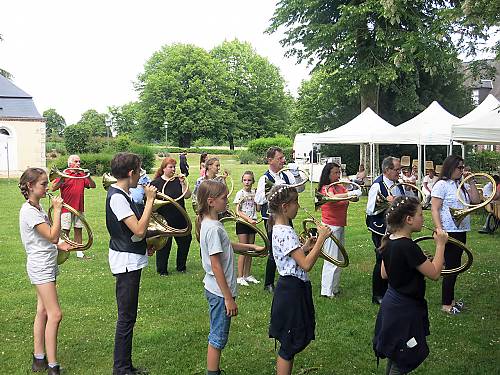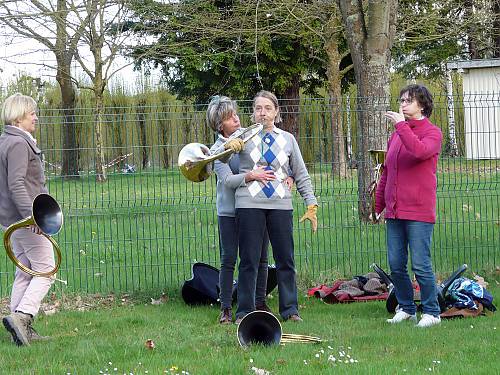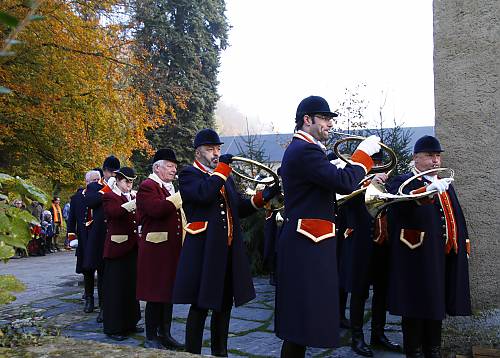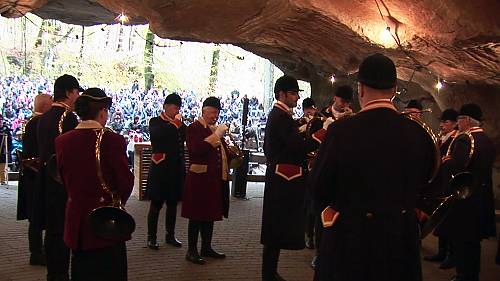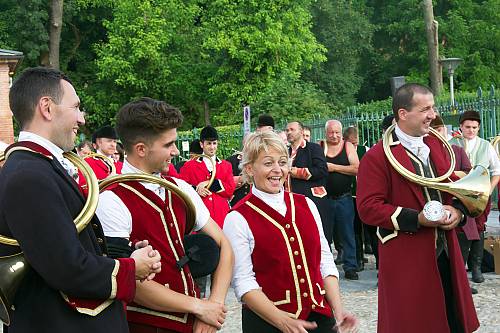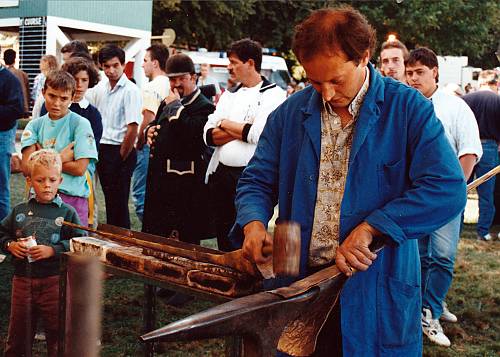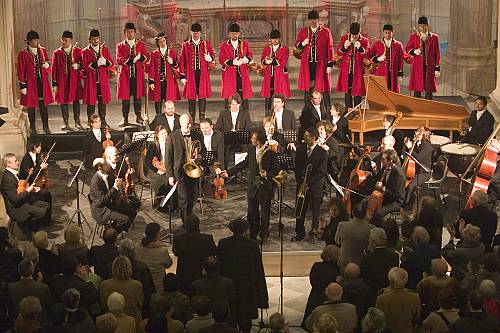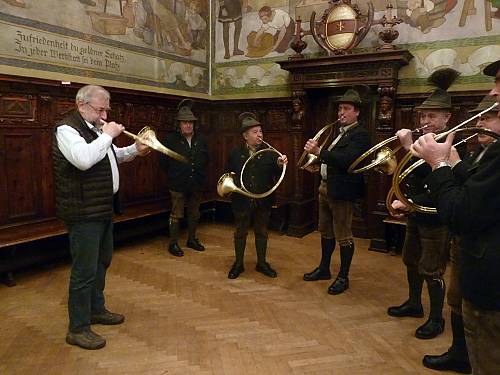Musical art of horn players, an instrumental technique linked to singing, breath control, vibrato, resonance of place and conviviality
France Belgium Luxembourg Italy
Inscribed in 2020 (15.COM) on the Representative List of the Intangible Cultural Heritage of Humanity

The musical art of horn players, an instrumental technique linked to singing, breath control, vibrato, resonance of place and conviviality, brings together the techniques and skills used to play the horn. The pitch, accuracy and quality of the notes produced are influenced by the musician’s breath and the instrumental technique is based on the players’ body control. The timbre of the instrument is clear and piercing, especially in high notes, and the instrument’s sound range is based on natural resonance with rich harmonics. With twelve notes, its range enables compositions with a singing melody, accompanied by a second voice and harmonized with a bass score; as an integral part of the art of playing horns, singing enables players to develop cohesion and convivial solidarity. Playing the horn is a performative art open to musical creativity and practised on festive occasions. Drawn together by their shared fascination for this instrumental music, players come from all backgrounds. This great social mix is one of the hallmarks of current horn practice. Education in the practice is traditionally oral and imitative. Players rarely learn alone, however musical practice is often acquired in horn schools. Horn music maintains a vast, lively musical repertoire constantly enriched since the seventeenth century. A great sense of belonging and continuity stems from interpreting this common repertoire, encouraging intercultural and international dialogue.


